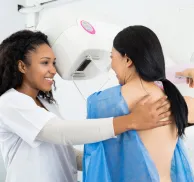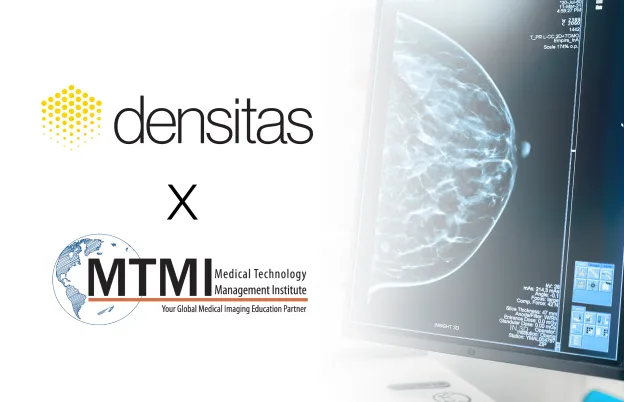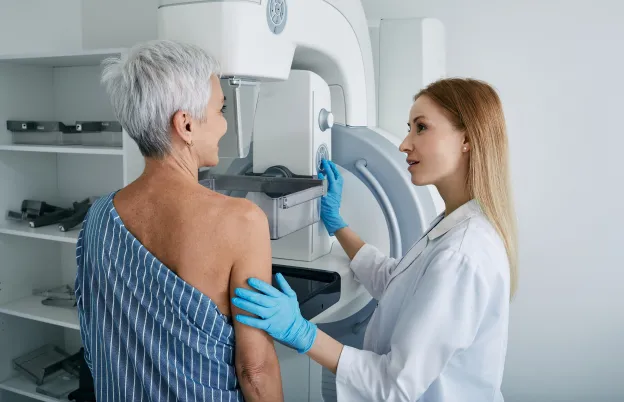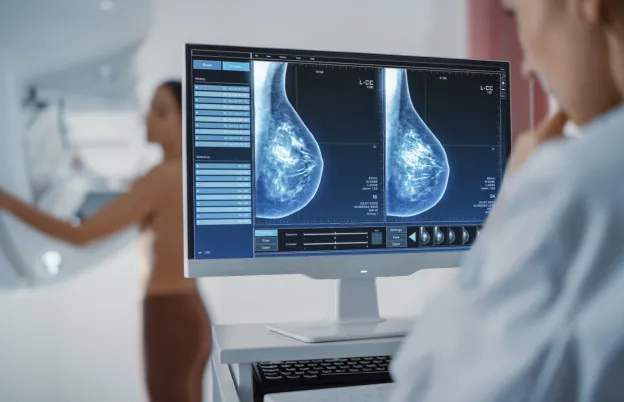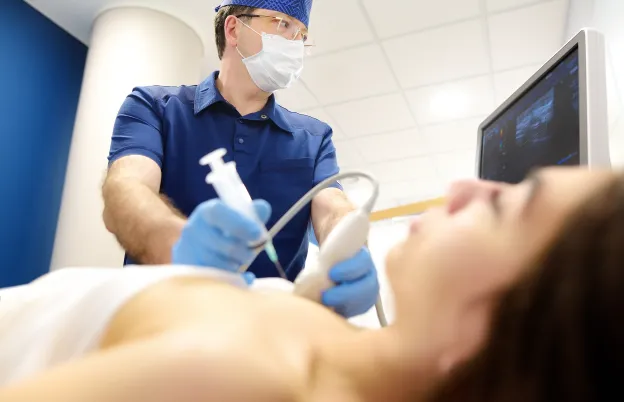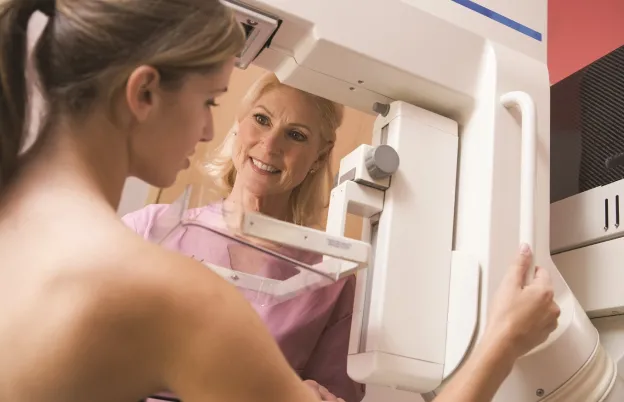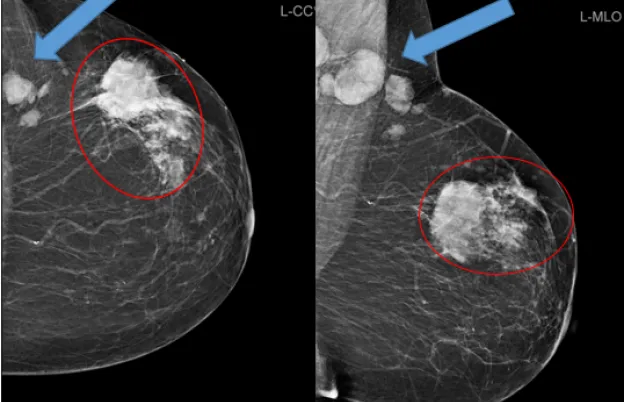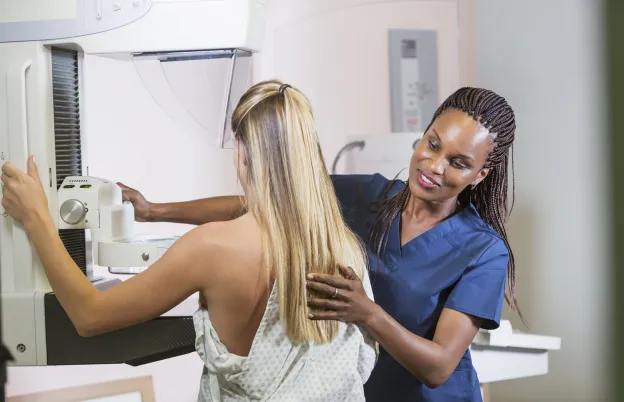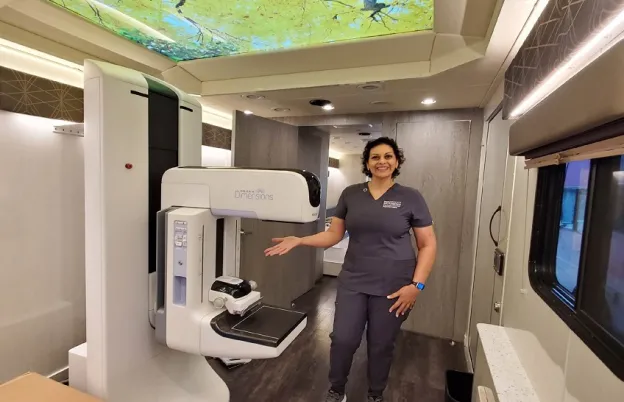It takes serious training to perform a mammogram on a patient. At least, it takes more than it did back in the nineties. This is when Congress first began paying attention to the quality and professionalism involved in mammography. Before this benchmark legislation, many facilities in the United States used outdated equipment and inexperienced and improperly trained technologists and radiologists to produce and interpret substandard images. As a result, the images taken weren't as helpful as they should have been in diagnosing breast cancer. How patients were notified of their results was lacking as well. And if patients wanted to object, there were few programs in place that allowed them to air their grievances.
All this changed in 1992, however, with the Mammography Quality Standards Act. And since this time, great strides have taken place to improve MQSA requirements, from beginning to end. If you're planning to be a part of the rewarding and valuable mammography field that's a strong first step in the detection of breast cancer, here's what you need to know.
What Does MQSA Mean?
The acronym MQSA describes the Mammography Quality Standards Act that was passed by Congress in 1992 and became effective in 1994. This act was intended to help regulate standards of quality among mammography facilities and providers who administer mammograms to patients. Because of the MQSA, all mammography facilities in the United States were forced to abide by a series of minimum requirements to retain MQSA certification and their rights to continue providing mammography services. These requirements include:
- Being approved by an FDA-approved accreditation organization
- Meeting FDA- or state-approved standards
- Passing an annual MQSA inspection
- Displaying the MQSA Certificate of Approval prominently in view of patients
- Conducting an annual Medical Physicist Survey on all mammography equipment
- Maintaining ACR accreditation by an FDA approved accrediting body
Additionally, facilities that conduct mammograms must now respond in a standardized way to the patients they serve. This means they must provide patients with lay reports, or written mammogram results, that are easy to understand within 30 days of having their mammograms. They must provide a forum for patients to issue complaints. They must provide patients with original documents and not copies of mammograms upon patient request. Last, they must promptly notify patients and their doctors if mammogram services are found to be substandard.
In other words, modern mammography bears little resemblance to what it once was. Today's providers must use properly calibrated equipment that stays below the allowable patient radiation dose requirement. They must properly onboard and train mammographers on how to use the equipment. Breast imaging radiologists and medical physicists must also be properly trained. Last, they must notify patients in a timely manner and in a way that's not too technical to understand. If patients are unhappy with the mammography process, they must be allowed to say so, and their remarks must be heard and acknowledged.
As a result of the MQSA, the patient experience in mammography has improved exponentially over the past few decades and so have training requirements for mammography technologists, radiologists, and medical physicists. This, in turn, has improved the quality of mammography, making it more accurate, more functional, and better equipped to detect instances of breast cancer.
What Is MQSA Inspection?
All facilities that administer mammograms must submit to annual MQSA inspections. These are governed by the U.S. Food & Drug Administration and are in place to guarantee quality of care. Facilities know when their inspections will happen, and they have a minimum of five business days in which to prepare. Inspections are thorough and require examination of equipment, staff training, policies, quality control/quality assurance, EQUIP (Enhancing Quality Using the Inspection Program) procedures and more.
If you work in a facility that provides mammography services, this is what you can expect during the annual inspection:
- The inspector will review the document with the mandated names of the lead interpreting physician, the reviewing interpreting physician of the medical outcomes audit, the medical physicist, the service provider, and the lead quality control technologist.
- The inspector will make sure all technologists, radiologists, and medical physicists hold current certifications and/or required licensure and that they're meeting requirements for continuing education.
- They'll review the annual medical physicist's survey. Inspectors will review the consumer complaint process to ensure it meets current standards. They’ll review any service records on repairs or installations of new machines since the last inspection.
- Inspectors will review a minimum of five patient records to ensure they include necessary data and to ensure outcomes were handled correctly. BI-RADS final assessment verbiage must be included.
- The inspector will observe the lead QC tech taking a phantom image on each mammography machine in the department. The inspector will then score the images taken. They’ll review all QC/QA records since the last inspection.
- They’ll review the EQUIP Process in place.
- They’ll review the Medical Outcomes Audit.
Inspectors aim to disrupt the workday as little as possible for the patients, staff, and administration at the facility as they carry out the necessary steps. But you should always be aware when your inspector is on-site, and you should be prepared to answer questions and to demonstrate knowledge of your job.
How Do I Get MQSA Certified?
To become certified, facilities must meet the previously discussed regulations. If you're a mammographer who works in one of these mammography facilities, you must meet the MQSA requirements for mammography technologists, as well. Mammography technologists must have a general/full license by the state to perform radiography or be certified in general radiography by a certification body approved by the FDA, either the ARRT® or ARCRT.
To become MQSA qualified to perform mammography you must complete at least 40 contact hours of mammography training under supervision of a qualified instructor. The documented hours must include, but are not limited to:
- Training in breast anatomy, physiology, positioning and compression, quality assurance/quality control techniques, imaging of patients with breast implants.
- The performance of a minimum of 25 examinations under the direct supervision of an MQSA qualified mammography technologist.
- At least 8 hours of training in each mammography modality to be used by the technologist in performing mammography exams (e.g., 2D and/or 3D).
Additionally, once you become fully qualified as a legal mammography technologist under MQSA, you must perform a minimum number of 200 mammograms every 2 years and complete 15 continuing education credits in mammography every three years in order to keep your legal status.
Mammographers must keep their skills sharp and stay ahead of what's happening in the world of mammography. In this way, they'll provide the best patient experience and leave little room for error in performing mammography. Additionally, they'll have no trouble meeting the comprehensive regulations that are in place.
If a mammography technologist falls short on either: performing 200 mammograms in a 2 year period or, obtaining 15 CE credits in mammography in a 3-year period, she will fall into illegal status. To requalify she will need to bring her mammography credits up to 15 and perform 25 mammograms under supervision of an MQSA qualified mammography technologist. She will then have 6 months to obtain 175 more mammograms to obtain a total of 200 mammograms within the 6 months after requalification.
As an aspiring radiologic technologist who performs mammograms, you may consider this a form of mammography checklist to help you prepare. MQSA requirements are strict, but they're not impossible to achieve. The Medical Technology Management Institute (MTMI) can help you prepare.
The mammography technologist courses taught at MTMI are ASRT approved. Our 40-hour Initial Mammography Training course meets MQSA requirements and is accepted by the American Registry of Radiologic Technologists (ARRT®) as their mandated 16 structured hours within 2 years of sitting for the ARRT® Mammography Registry exam.
MTMI can also help you fulfill your MQSA requirement of completing 25 supervised mammograms under direct supervision of an MQSA compliant mammography technologist, as well. When you're ready to begin the next phase in your career, let MTMI guide you through. Enroll today.
All of MTMI’s continuing education mammography courses are ASRT approved as well. This means they count toward your requirements to become a legal mammography technologist and toward your requirements to retain your compliant status.
